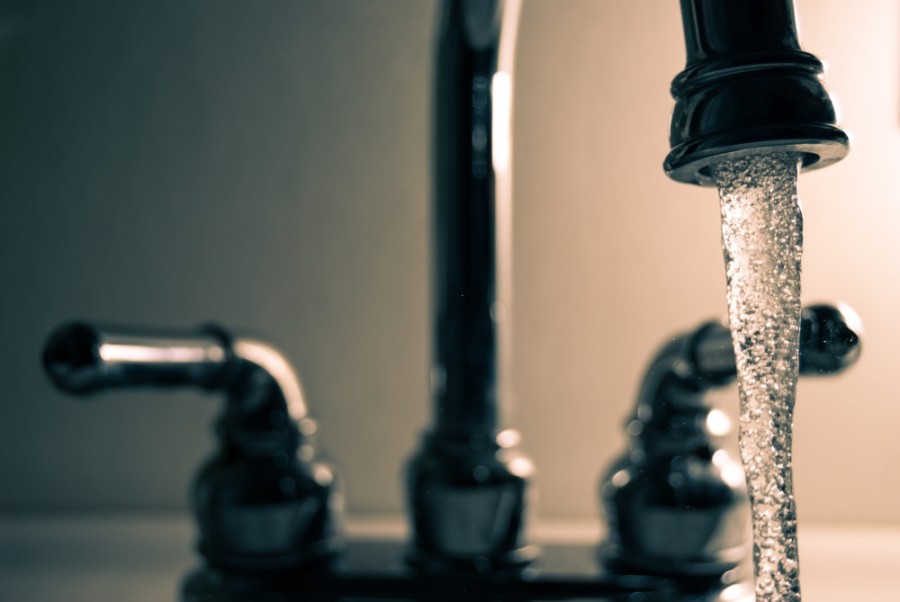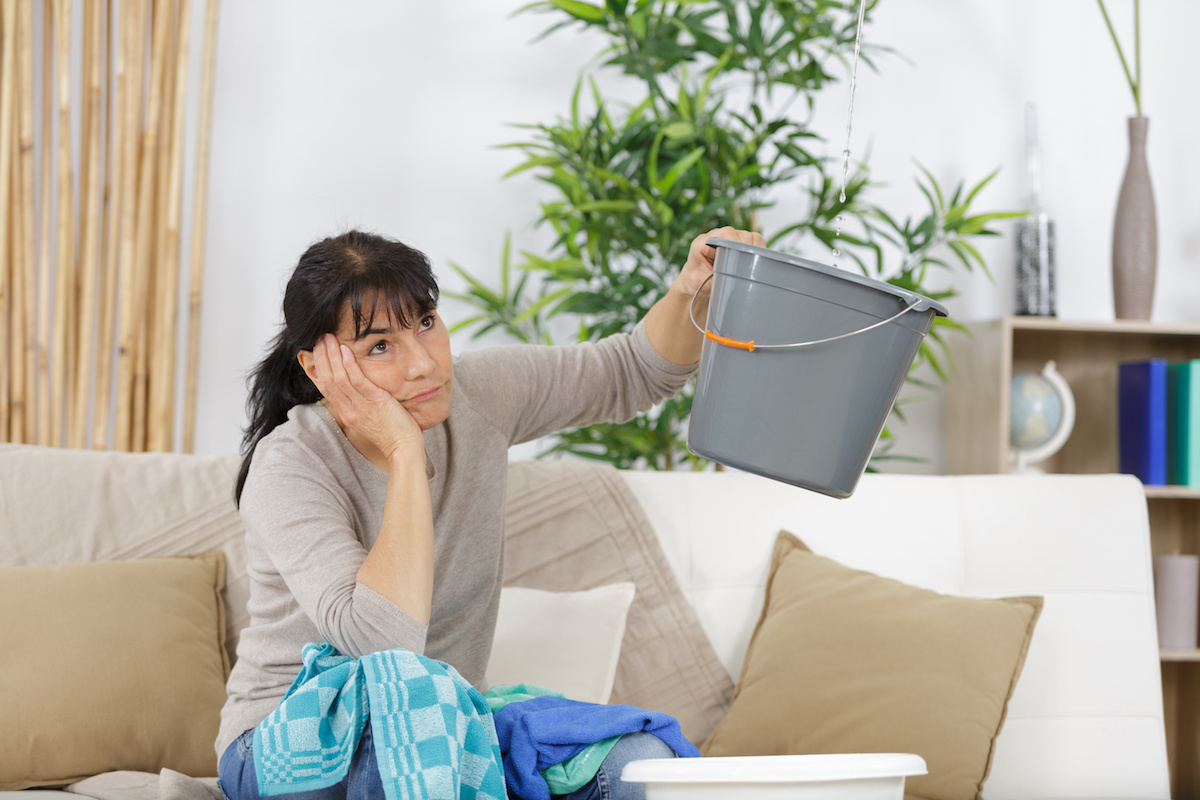From Detection to Correction: A Fast Approach to Handling Burst Pipes
From Detection to Correction: A Fast Approach to Handling Burst Pipes
Blog Article
Here below yow will discover some great guidance in regards to How to install a dishwasher safely.

A ruptured pipe is a major emergency; you can only stand as you see water you pay dearly to reunite with the earth. In even worse situations, you see a pool on your kitchen floor, which is an excellent journey hazard, especially if you have kids around. If the pipeline that ruptured remained in your wall surfaces, bad news: you may need to repaint that whole area.
Just how can a calamity like a burst pipe be avoided and handled? Well, by paying attention to your expert emergency plumbing professionals and also following these rules.
How do I know when my pipes have burst?
Varying water pressures
Pipes do not just burst in a day. You may have observed that your kitchen area faucet or shower does not run promptly when you turn the faucet. It may stop briefly for a few seconds and then blast you with more force than typical.
In other instances, the water may seem regular in the beginning, after that decrease in stress after a couple of seconds.
Wet walls and water stains
Before a pipeline ruptureds, it will certainly leakage, a lot of times. If this consistent leaking goes unnoticed, the leak may finish right into a large tear in your pipeline. One simple method to prevent this emergency is to keep an eye out for damp wall surfaces advertisement water spots. These water spots will certainly lead you right to the leak.
Puddles under pipes as well as sinks
When a pipe bursts, the outflow forms a puddle. It might show up that the pool is expanding in dimension, as well as regardless of the number of times you mop the puddle, in a few minutes, there's an additional one waiting to be cleansed. Usually, you might not have the ability to map the puddle to any visible pipes. This is an indicator to call a specialist plumber.
Untraceable leaking noises
Pipe bursts can happen in one of the most undesirable locations, like within concrete, inside walls, or under sinks. When the house goes silent, you might have the ability to listen to an irritatingly persistent dripping sound. Also after you've checked your shower head and also cooking area faucet, the dripping may proceed.
Precious reader, the dripping may be coming from a pipeline inside your walls. There isn't much you can do about that, other than inform a professional plumber.
Shut off the Water
When water ices up, it broadens in volume by about 9 percent. And also it broadens with tremendous pressure: The stress inside pipes might go from 40 extra pounds per square inch to 40,000 psi! No pipe can hold that much stress, so it bursts. The break may take place where the ice types, but regularly, it happens where water pressure locates a vulnerable point in the pipe. That might be inches and even feet from the icy location. Find the water shutoff valve and also shut off the water to prevent even more damage. You could likewise need to shut down the electrical power too, depending upon where the leaks takes place and just how huge it is.
Contaminated water
Lots of people assume a ruptured pipeline is a one-way outlet. Fairly the contrary. As water flows out of the hole or wound in your plumbing system, pollutants find their method.
Your water may be polluted from the source, so if you can, inspect if your water storage tank has any issues. However, if your drinking water is provided as well as detoxified by the city government, you need to call your plumber right away if you see or scent anything funny in your water.
What do I do when I detect a burst pipeline?
Your water meter will continue to run also while your water wastes. To reduce your losses, locate the main controls as well as transform the supply off. The water mains are an above-ground framework at the edge of your residential property.
How to Fix & Detect a Leaking Pipe
How Do I Know if a Pipe is Leaking?
Leak detection tests can help you determine if your pipe has a leak. Even if you don’t see an apparent leak, you should still conduct leak detection tests regularly to save water and money—and prevent major damage to your home.
Water meter. It can be helpful to figure out what your usual water meter usage numbers are and then monitor them regularly. To monitor your meter, first, turn off all water faucets in your home. Check the meter and write down the numbers. In a few hours, check the meter again. If the numbers have changed, you have a leak. Water gauge. Use a water gauge to test your water pressure. Your showerhead should produce a certain amount of water pressure based on its model and design. If the pressure is lower than it is supposed to be for that specific showerhead, your home likely has a leak. Puddles. Look inside your bathroom, laundry, and kitchen sink cabinets. Puddles around the cabinets or around toilets, tubs, showers, and washing machines indicate the presence of a leaking pipe. You may also notice loose tiles, peeling or flaking paint, or mold caused by water accumulation. Napkin test. Even if you don’t see any puddles, you may still have a leak. You can test for water leaks in the bathroom, laundry, and kitchen by wiping below-sink connections with a napkin, paper towel, or piece of toilet paper. If it becomes damp, you probably have a leaking pipe under the sink. Discolored walls. Walls that are discolored—usually with brown or yellow stains—or bulging might mean that they have been impacted by water damage caused by a leaking pipe. Smell. A leaky pipe will create sitting water, and over time, that water may develop a musty smell. If your home smells musty, but you can’t locate the source, it may be due to a leak. Steps for Fixing a Leaking Pipe
A leaky drain can be remedied by tightening the pipe base, replacing the drain seal, caulking the rim, and tightening the pipe nut. Similarly, a leaking toilet pipe can be treated by tightening the packing nut. You may also need to replace the valve. A leaky faucet may just need tightening or replacement of the washers. If that doesn’t work, consider replacing your faucet. If your pipe has a hole in it, you may want to use a pipe leak sealer or pipe leak tape. This quick fix for water pipe leaks can also temporarily fix a copper pipe leak. https://www.ahs.com/home-matters/quick-tips/how-to-tell-if-pipes-are-leaking/

Hopefully you liked our excerpt about What to Know Before Installing a Dishwasher. Thanks for taking time to browse our piece. I beg you take a moment to distribute this page if you liked it. Many thanks for taking the time to read it.
Additional Resources
Report this page